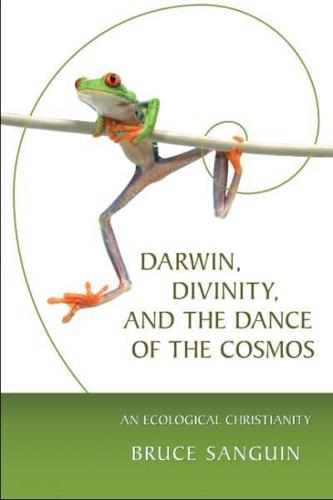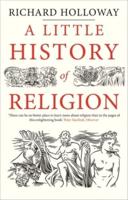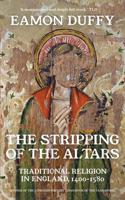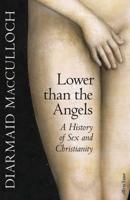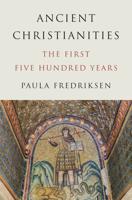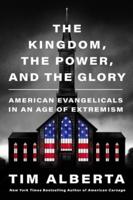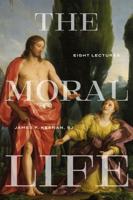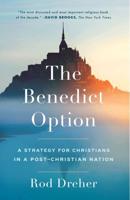Publisher's Synopsis
In March 2005, the United Nations released its Millennium Ecosystem Assessment. Among the findings: 2/3 of the world's ecosystems are seriously degraded; 90 percent of the world's fish stocks are depleted; and climate change is not just something that might happen, it is already upon us. Many people, including many Christians, will hear this and delude themselves into thinking that technology can and will save the day. A wiser and more helpful response, especially for Christans, is to find a way to step back into the flow of nature from which we have extricated ourselves. In Darwin, Divinity, and the Dance of the Cosmos, Bruce Sanguin shows us the way. Sanguin draws on the latest scientific understandings of the nature of the universe and weaves them together with biblical meta-narratives and frequently overlooked strands of the Judeo-Christian tradition to create an ecological and truly evolutionary Christian theology - a feat few theologians have even attempted. The importance of this accomplishment can hardly be overstated. As Sanguin writes, "It's time for the Christian church to get with the cosmological program. We need new wineskins for the new wine the Holy One is pouring out in the 21st century. Twenty-first-century science has provided us with new a new story of creation that needs to inform our biblical stories of creation. We now know, for instance, that we live in an evolving or evolutionary universe. Evolution is the way that the Holy creates in space and in time, in every sphere: material, biological, social, cultural, psychological, and spiritual. This new cosmology simply cannot be contained by old models and images of God, or by old ways of being the church." As his starting point, Sanguin encourages readers to rediscover awe - an attitude very much absent from the modern mindset. "We don't see what is before us," he writes, "and as a result, we are plundering our planet at an unprecedented rate." "If we could see what is before our eyes, day in and day out, the sacred radiance of creation would drop us to our knees and render us speechless." Central to this recovery of awe is the new Great Story, the 14-billion-year history of the cosmos. Into this Great Story, first told by Thomas Berry and by mathematical physicist and cosmologist Brian Swimme, Sanguin reintroduces the presence God. Heady as all this sounds, it has very practical implications for the mission of the church. Sanguin writes: "In the first centuries after Jesus' death, his disciples looked around at their world and found that what was needed by way of response to the crisis of their age was hospitals for the sick and food for the poor. This is what compassion required of them. Mission is determined by the context in which the church finds itself in each new age. I am suggesting that, today, there is nothing more critical than a compassionate response to the plight of our planet. The church must be at the forefront of shifting human consciousness away from an ethic of domination for economic gain and toward a spirituality of awe. This book - and more importantly the work of integration it suggests - represents a fundamental challenge to our theological and liturgical models. But for those who are ready and willing to embark on an exciting theological journey of discovery, it also represents a rich opportunity to become reacquainted with the Spirit of God moving in and through the very dynamics of an unfolding universe.
